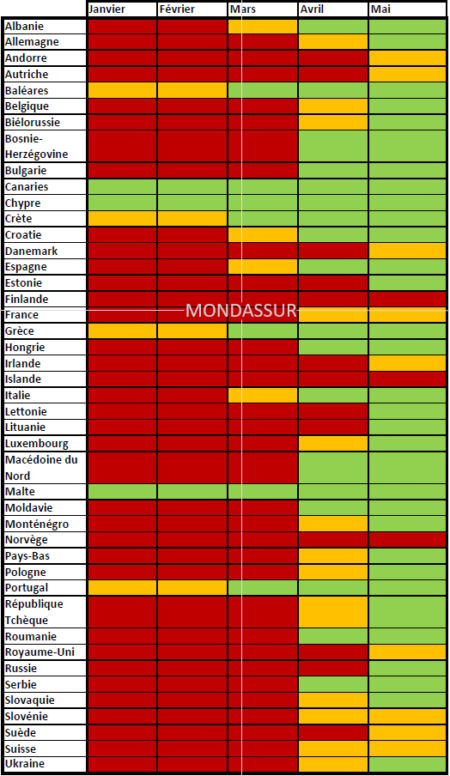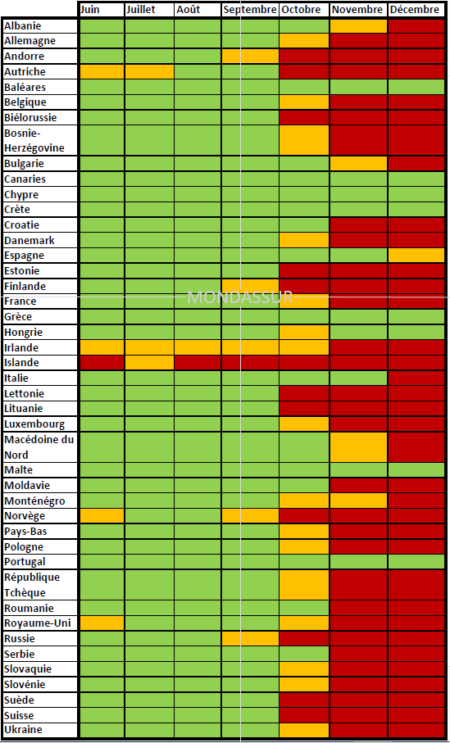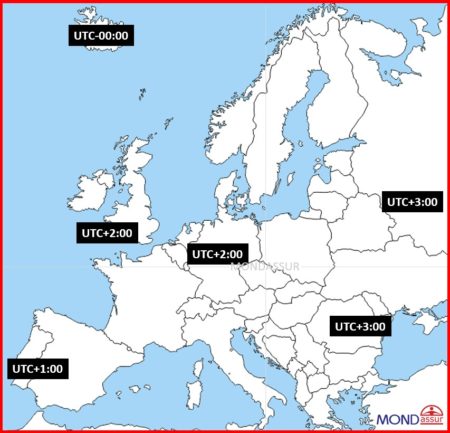Are you planning a road-trip through Eastern Europe, taking in Romania, Hungary, the Czech Republic and Germany? Are you an expatriate in Luxembourg or moving to Spain for your retirement? In Europe, medical expenses are rapidly becoming very expensive in private medical centers, and social security reimbursement ceilings are never commensurate with this type of expense. So whether you’re traveling for a few days or a long time, and to protect yourself in the event of accident, hospitalization or repatriation, it’s important to take out international health insurance before you leave.
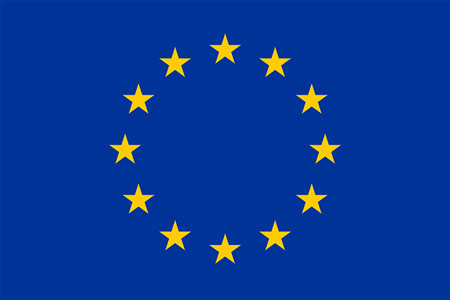
Find your health insurance information by country
- Germany
- Belgium
- Denmark
- Spain
- France
- Ireland
- Greece
- Hungary
- Italy
- Luxembourg
- Norway
- Albania; Andorra; Austria; Belarus; Bosnia-Herzegovina; Bulgaria; Croatia; Cyprus; Estonia; Finland; Iceland; Kazakhstan; Latvia
- Netherlands
- Poland
- Portugal
- Czech Republic
- Romania
- United Kingdom
- Switzerland
- Sweden
- Turkey
- Ukraine
- Liechtenstein; Lithuania; Northern Macedonia; Malta; Moldova; Monaco; Montenegro; Russia; San Marino; Serbia; Slovakia; Slovenia; Vatican City
ETIAS Europe: the European version of the American ESTA
ETIAS stands for European Travel Information and Authorization System. The European Union created this visa waiver program to protect and strengthen its borders. Its main aim is to identify any threats or risks associated with visitors to the Schengen area.
ETIAS visa exemption will be required to enter the Schengen area. From 2022, all visa-exempt visitors to Europe will need to apply for ETIAS authorization. The ETIAS visa waiver is issued for short stays of up to 90 days.
When to go to Europe?
Here’s a table listing the seasons in each European country:
- Green: mild seasons, with high temperatures and clear skies
- Orange: cooler seasons, with falling temperatures
- In red: cold seasons, with temperatures dropping below 0°C and a higher risk of rain/snow.
In Norway, for example, it’s between October and March that you’ll have the chance to see the famous northern lights. What’s more, some European cities are just as enjoyable in winter as they are in summer.
20 must-see places in Europe
Here is a list of 20 places to visit on your trip to Europe:
- Paris and its historic districts and monuments
- Sistine Chapel (Rome, Italy)
- Barcelona (Catalonia)
- The Pamukkale Tuffière (Turkey)
- Northern lights (Iceland, Norway, Scandinavia)
- Rome and its monuments (Italy)
- Berlin (Germany)
- The Alhambra (Spain)
- Venice (Italy)
- Black beaches (Iceland)
- Lisbon (Portugal)
- Santorini (Greece)
- Mont Saint-Michel (France)
- Isle of Skye (Scotland)
- The Hungarian Sea (Lake Balaton, Hungary)
- Geysir Park (Iceland)
- Dubrovnik (Croatia)
- Athens Acropolis
- The Algarve (Portugal)
- The Blue Lagoon (Iceland)
- London (England)
What vaccinations should I have before leaving for Europe?
Before leaving for Europe, make sure your vaccination record is up to date:
- Hepatitis A
- Hepatitis B
- Typhoid
- Rage
- Measles
- Mumps and rubella
- Tetanus
- Diphtheria and whooping cough,
- Flu
- Varicella
- Zona
- Pneumonia
- Meningitis and polio
What are the best itineraries for discovering Europe?
Here’s a map showing several itineraries for discovering Europe, which you can use as inspiration to create your own (details below the map):
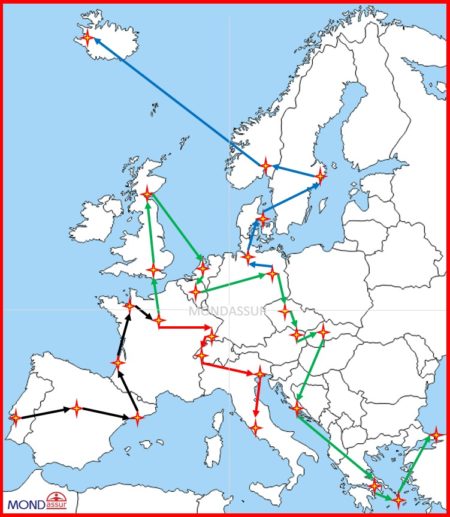
Black route: a good starting point for discovering Europe. You’ll arrive in Lisbon, then make a stop in Madrid on the way to Barcelona. Barcelona is a must-see city, steeped in culture, monuments and history. You’ll cross the border and discover the famous Dune du Pilat. Before finding yourself at the foot of France’s most visited monument, you’ll visit France’s second most visited monument: Mont Saint Michel. In our opinion, this monument is a must-see when visiting France. Finally, you can spend a few days in Paris, discovering the French capital and its world-famous historical monuments.
From Paris, you can choose between several itineraries to discover Europe.
Red itinerary: from Paris, you’ll reach a small, colorful town in France, with an architecture that’s hard to forget – Colmar has even inspired Japanese film-makers. From Colmar, you can reach Lake Geneva and visit Switzerland’s capital at the same time. You’ll then cross the Italian border to Venice, the Serenissima, with its 438 bridges. You’ll head down into southern Italy to Rome, a mythical European city not to be missed.
Green Itinerary: the Green Itinerary connects many of Europe’s must-see capitals during your stay in Europe, passing through the UK, into Eastern Europe and ending at the gateway to the Middle East in Turkey.
Blue itinerary: from Berlin, you’ll travel via Hamburg to Copenhagen. Between Stockholm and Oslo, you’ll discover a culture and way of life very different from the heart of Europe. Finally, you’ll fly to Iceland, with its impressive landscapes, geysers and northern lights.
Cost of living in Europe’s major cities
London, Geneva and Zurich are by far the most expensive cities in Europe, and even top the world rankings. In these cities, the cost of living is extremely high: the cost of living in London would be around 25% higher than the cost of living in Paris for two employees with the same purchasing power. The cost of living in Paris is already very high, indeed around 25% more expensive than in the French provinces. In the major cities of northern and north-western Europe, living costs are higher than in the cities of southern and south-eastern Europe.
Is tap water safe to drink in Europe?
Throughout Western Europe, you can drink tap water without any worries. In southern and eastern Europe, this is less certain. It’s best to drink bottled water with a cork.
What are the worst diseases in Europe?
Climate change, such as varying temperatures and rainfall, is at the root of many infectious diseases in Europe. However, 30% of these diseases are transmitted by mosquitoes. Although cases are extremely rare, it is possible to catch the following diseases:
- HIV
- Flu
- Chikungunya (present in Italy in 2017)
Which are Europe’s most dangerous cities, with the highest crime rates?
Here’s a list of Europe’s most dangerous cities with high homicide rates.
1. Bradford
2. Marseille
3. Belfast
4. Glasgow
On the other hand, some cities have high crime and danger rates that can be distorted. Crime and danger are concentrated almost exclusively in certain neighborhoods, while other parts of these cities are very touristy and quite safe. Or maybe the political situation, civil wars or just the demonstrations in certain cities are distorting the data. It’s essential to find out all you can about certain cities before you go.
Low-cost airlines in Europe
Here is a list of European low-cost airlines in Europe:
- Ryanair
- Transavia
- Easyjet
- Vueling
- Volotea
- WizzAir
Which means of transport are best for travelling in Europe?
In Europe, you can easily travel by train between different cities in the same country, as well as between different countries. For a more economical journey, you can also travel by bus in the same way as by train over shorter distances. Like everywhere else, you can travel by plane. Finally, on a city scale, you can get around by metro: many major cities have a metro system that varies in size from city to city. Many European capitals have electric scooters.
Time difference in Europe
Here’s a map showing the time zone differences according to your position in Europe. Iceland’s true position is much further west than the UK in longitude.
What are the best student cities in Europe?
The most popular cities for international students according to our experts are:
1. London
2. Paris
3. Lisbon
4. Berlin
5. Barcelona
What are the most popular cities for expatriates in Europe?
The cities preferred by expatriates in Europe are :
- Lisbon (Portugal)
- Malaga (Spain)
- Prague (Czech Republic)
- Basel (Switzerland)
- Madrid (Spain)

